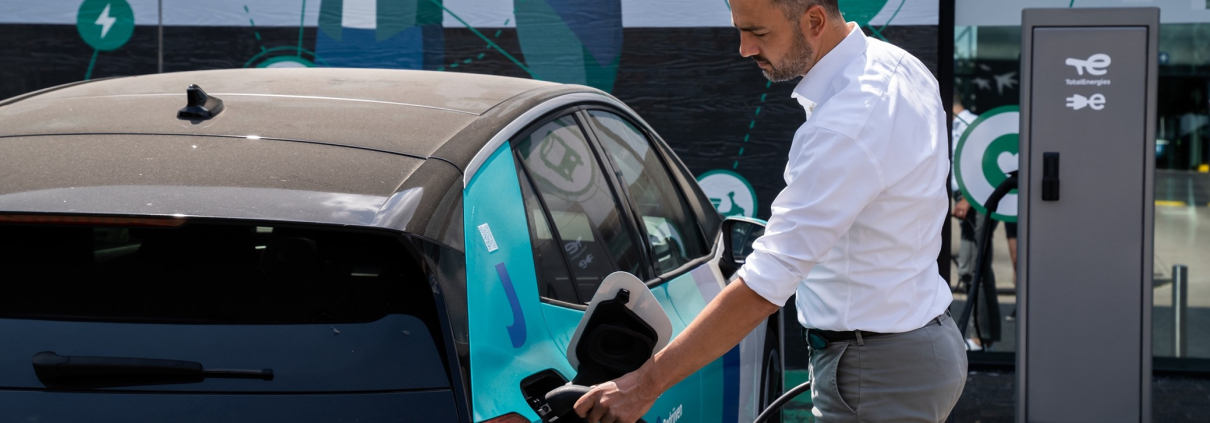MRA-Electric data optimising electric transport through DATA CELLAR
For almost a year, MRA-Electric has been involved in DATA CELLAR, aiming at the development of a common European data space. Parties can utilise the data to achieve more efficient power consumption and a more stable electricity grid. MRA-E represents one of the fifteen different countries that have joined forces in this EU project.
MRA-Electric (MRA-E) is a joint venture of governments in the provinces of Noord-Holland, Flevoland and Utrecht, which together form the northwestern region of the Netherlands. MRA-Electric encourages driving electric in this region in order to achieve policy goals in relation to air quality and climate change.
The joint procurement of public charging stations done by municipalities through the project office is one of MRA-Electric’s key objectives. Already one of the world’s largest, MRA Electric’s public charging network continues to undergo rapid growth: with just 4600 charging points in late 2019, the network now boasts over 11,000.
Which is the role of MRA-Electric in DATA CELLAR?
The company supplies data about driving electric, an area in which the Netherlands is at the forefront. Thanks to the Netherlands’ contribution, other EU countries can more quickly and better integrate electric transport into the electricity grid. “In this way, we can give electric driving a stronger boost and make an even bigger contribution to improving air quality and the climate”, says Mo Hoogeveen, data specialist at MRA-Electric. “Across our borders.”
Why is MRA-Electric important for the DATA CELLAR project?
“At this time, we still have a centralised electricity grid in which electricity is mostly generated by a few large power stations”, says Hoogeveen. “But that’s changing. The share of solar and wind energy is growing. That electricity is generated locally, as well, which means that we are moving towards a combination of a centralised and decentralised electricity grid. LECs can play an essential role in this new grid by helping to properly coordinate supply and demand with each other. That way not as much electricity has to be turned over to or purchased from the national grid. That will not only help stabilise the electricity grid, but it is also more efficient. Peak load is avoided, you don’t need to fall back on gas- or coal-fired power stations as much and there are no unnecessary losses ”
What LECs need in order to claim their role in this, is reliable data. And that is what the EU is working on with the DATA CELLAR project: a centralised and dynamic data space in which the various parties can deliver and obtain reliable and up-to-date data in a secure manner. Hoogeveen: “MRA-Electric focuses on the delivery of data about driving electric, as that is what we have been gaining experience in for the last 10 years. Where, when and how long do electric vehicles need to be charged? In countries where there are not yet a lot of charging stations and where they are not yet grouped together, LECs can benefit greatly from our data. The data provides them with guidance, because they can use it to predict how their charging stations will be used. In that way, they can more quickly and better integrate electric transport into the local electricity grid.”
A combination of various datasets is made available in DATA CELLAR. There is a combination of aggregated data and therein lies the strength. The supplying parties keep the original data for themselves, thus enabling them to maintain the control. MRA-Electric makes a variety of contributions. Hoogeveen: “We indicate which data sets and data streams are relevant to electrical transport. Our data specialist advises on the best language and protocols for passing on the data. We also help with considering the safety and good governance: who will be given access to this platform and in what way will that be done?” The EU has allocated 9 million euros for the development of DATA CELLAR. The project will last 42 months.
Read all the validation cases here.





